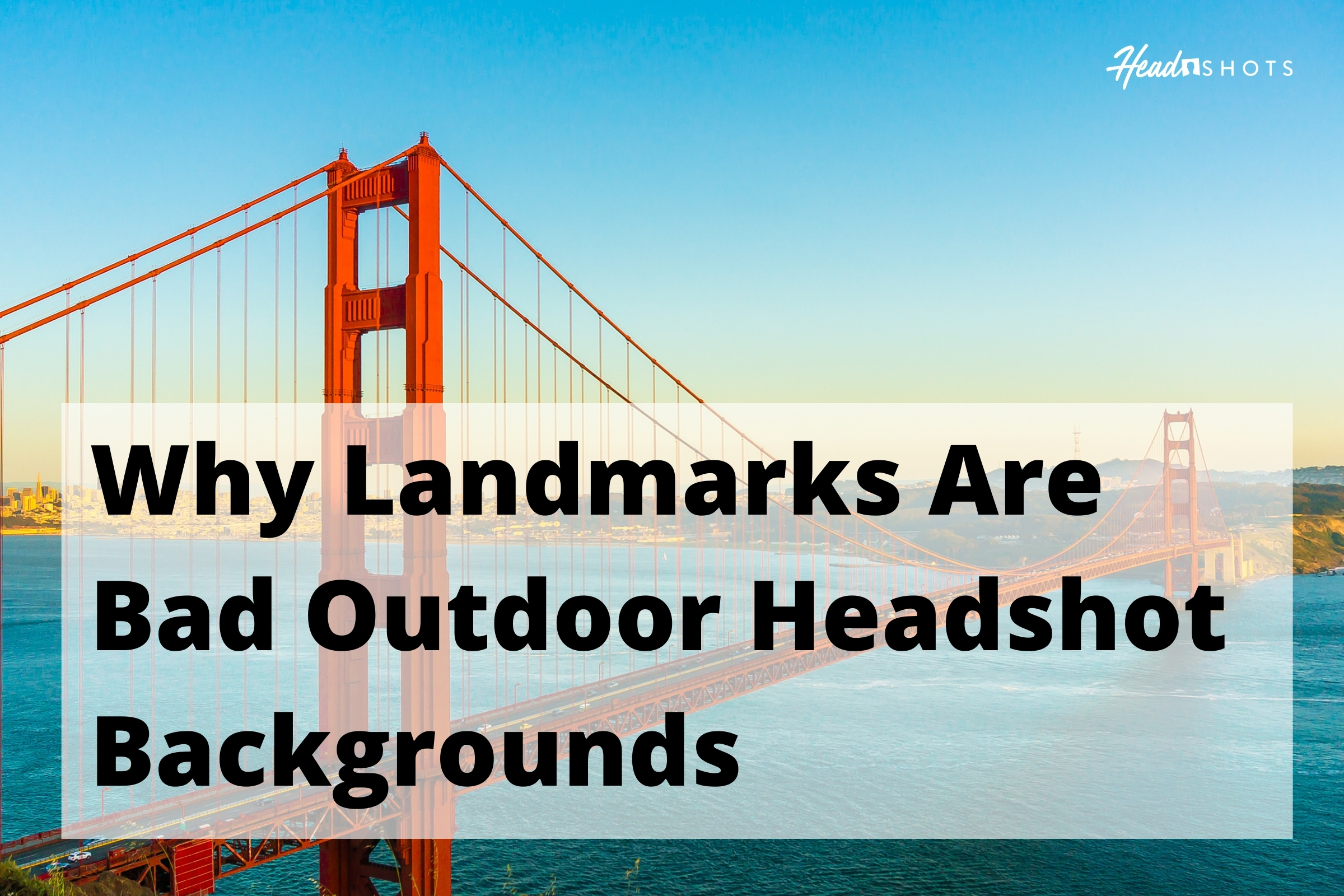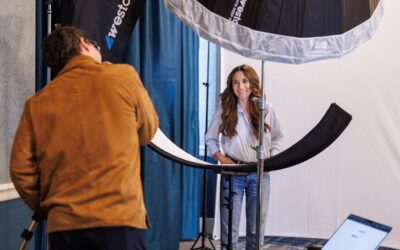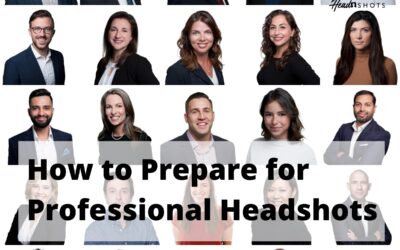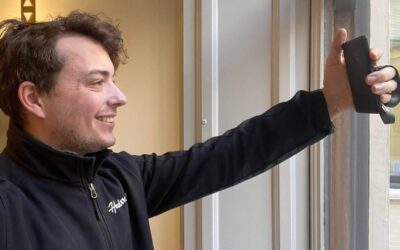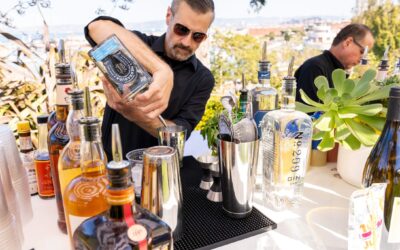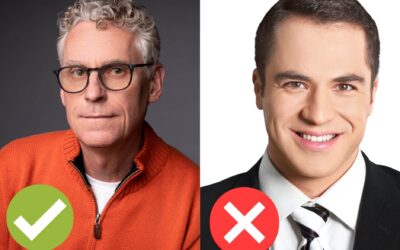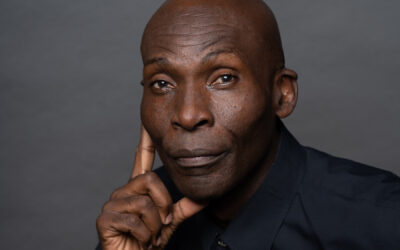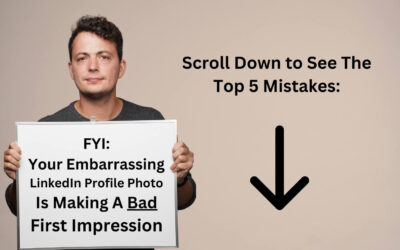When first looking at outdoor professional headshot options, some people are attracted to the idea of having a famous landmark in the background of their photos.
Whether you saw a photo of a celebrity, a politician or a business leader with a similar photo, for most people, this practice is usually a bad idea.
Examples of business headshots with city/state capitals, famous bridges, or famous buildings in the background are fairly common, but are they right for you?
Well, it depends. But the answer is probably “no.”
Here’s why:
Reason #1: Headshots Are Usually Cropped as Squares
The most obvious reason that you don’t want a landmark in the background of your headshots is that most placements for headshots (business cards, LinkedIn profiles, email profiles, etc.) require a square crop.
So, the closeness of the crop means that your photographer will have to align the landmark directly behind your head.
So, you’ll be wearing the landmark like a hat …
See the two examples below.
If you have a place to put a wider-cropped photo, then in those instances, a landmark can be a great background.
We do photos like those too, but those aren’t really “headshots”— rather, they’re “business portraits.”
Reason #2: Landmarks Are Usually Taller Than You
Unless you’re able to take the photo from a helicopter or on top of a tall building, in order to get the full landmark into the frame of the photo, you’ll usually need to tilt the camera upward.
For most people, the most flattering angle is to hold the camera at between mouth and eye level, and then tilt the camera slightly downward.
For example, if you have a double-chin you’d like to hide or minimize, shooting upward is the worst possible angle … so having to tilt up so that a landmark fits in the background will lead to an unflattering photo.
If you have a strong jawline, you may actually like that angle. It can make the subject look heroic, as the viewer is literally looking up to them.
But, for many people, they’d rather just look a bit slimmer, so scheduling a headshot near a landmark is a waste of energy. You’re going to like the photos tilted downward (with the background being the floor) better anyway.
Reason #3: Landmarks Are Distracting
At the end of the day, is this photo about you or about the landmark?
A landmark in your photo is just a distraction, and may make you look like you’re playing second-fiddle to a building that is probably unrelated to your industry or career.
If you happen to have an association with the landmark (i.e. you own the building, manage the building, or work in an adjacent hospitality-based business that works in that building) then perhaps it is OK.
While a “blurry city” background look is common and effective, if you’re trying to include a specific recognizable landmark, it’ll ultimately probably be a distraction.
But, you still probably don’t need to have that building in your headshot. A more appropriate placement for that type of image would be a banner at the top of your website.
As far as your individual LInkedIn profile photo or business card goes, you’ll probably crop the landmark out anyway. So, why deal with the crowds, wind or other distractions from your shoot?
Reason #4: Getting Good Lighting on Both YOU Plus a Landmark Is Twice as Hard
Getting the perfect lighting that flatters you is no easy feat. That’s part of the reason why we take at least 20 photos in each session, and in most sessions take more than 40.
When you’re getting headshots taken, no matter how talented the photographer, making BOTH you and the landmark look good is twice as hard as making only one look good.
Lighting that works for your face may leave the landmark too bright or too dark. An angle that shows the full size of the landmark will likely be unflattering for you (see reason #2).
So, if you want to look your best, you should probably just focus on your own lighting.
—
In conclusion, if you’d like a professional photo with a local or otherwise relevant landmark, we’d recommend organizing a separate shoot from your headshot.
If you’re going to use a landmark, you’ll probably actually want to shoot the photo on a solid white backdrop, then add the background later via editing. Solid editing can make these photos look great — and better yet, you won’t have to deal with crowds and/or lighting that’s twice as difficult to capture.

